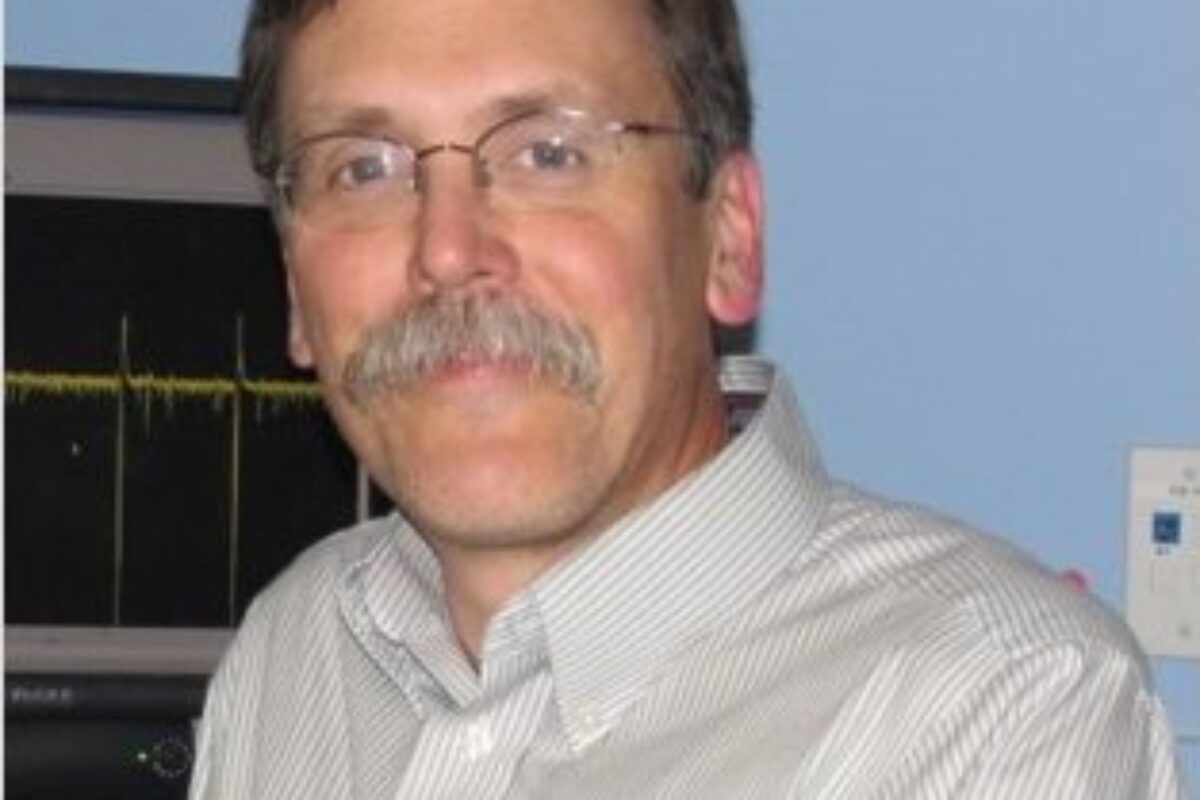Biography
Social influences on learning and memory How do social interactions influence the brain? Our laboratory is interested in how social behaviors affect neuronal plasticity at sites responsible for learning in an Australian songbird, the zebra finch. We study song learning behavior that is essential for reproductive opportunity and is mediated by known neural circuitry. In zebra finches, both the learned behavior and its underlying neural structures are sexually dimorphic, and plasticity is greatest during critical developmental phases. Within a comparative framework, we use behavioral, electrophysiological, and molecular techniques to investigate how social interactions shape gene expression patterns, how these changes modulate neural circuit properties and ultimately, how this constellation of changes sculpts behavior.
Publications
A selected list of publications:
Berg Jamee M, Lee Changhoon, Chen Leslie, Galvan Laurie, Cepeda Carlos, Chen Jane Y, Peñagarikano Olga, Stein Jason L, Li Alvin, Oguro-Ando Asami, Miller Jeremy A, Vashisht Ajay A, Starks Mary E, Kite Elyse P, Tam Eric, Gdalyahu Amos, Al-Sharif Noor B, Burkett Zachary D, White Stephanie A, Fears Scott C, Levine Michael S, Wohlschlegel James A, Geschwind Daniel H
JAKMIP1, a Novel Regulator of Neuronal Translation, Modulates Synaptic Function and Autistic-like Behaviors in Mouse Neuron, 2015; 88(6): 1173-91.
White, SA FoxP2 and vocalization, in ‘New Perspectives on the Origins of Language’, 2013; 144: 211-235.
Hilliard AT, Miller JE, Horvath S & White SA Distinct neurogenomic states in basal ganglia subregions relate differently to singing behavior in songbirds, PLoS Computational Biology, 2012; 8: e1002773.
*Hilliard AT, *Miller JE, Fraley ER, Horvath S, White SA Molecular microcircuitry underlies functional specification in a basal ganglia circuit dedicated to vocal learning, Neuron, 2012; 73: 537-552.
Panaitof SC, Abrahams BS, Dong H, Geschwind DH & White SA Language-related Cntnap2 is differentially expressed in sexually dimorphic nuclei essential for vocal learning in songbirds, Journal of Comparative Neurology, 2010; .
Hilliard AT & White SA Evolutionary Precursors of Syntax, Biological Foundations and Origin of Syntax, edited by Derek Bickerton and Eörs Szathmáry; Strüngmann Forum Reports, 2009; 3: 161-182.
Számadö S, Bishop D, d’Errico, F, Fischer J, Hurford J, Okanoya K, Szathmáry E & White SA What are the possible biological and genetic foundations for syntactic phenomena?, Biological Foundations and Origin of Syntax, edited by Derek Bickerton and Eörs Szathmáry; Strüngmann Forum Reports, 2009; 3: 207-236.
JE Miller & SA White The sleeping bird gets the song, Journal of Neurophysiology, 2007; 98: 3-4.
DownloadWada K, Howard J, McDonnell P, Lints T, Rivas MV, Whitney O, Horita H, Patterson M, White SA,Scharff C, Haesler S, Zhao S, Sakaguchi H, Hagiwara M, Shiraki T, Hirozane-Kishikawa T, Skene P, Hayashizaki Y, Carninci P& Jarvis ED
A molecular neuroethological approach for identifying and characterizing a cascade of behaviorally regulated genes PNAS, 2006; 103: 15212-15217.
DownloadThe Avian Brain Nomenclature Consortium Avian brains and a paradigm shift in understanding vertebrate brain evolution, Nature Reviews Neuroscience, 2005; 6: 151-159.
DownloadJarvis Erich D, Güntürkün Onur, Bruce Laura, Csillag András, Karten Harvey, Kuenzel Wayne, Medina Loreta, Paxinos George, Perkel David J, Shimizu Toru, Striedter Georg, Wild J Martin, Ball Gregory F, Dugas-Ford Jennifer, Durand Sarah E, Hough Gerald E, Husband Scott, Kubikova Lubica, Lee Diane W, Mello Claudio V, Powers Alice, Siang Connie, Smulders Tom V, Wada Kazuhiro, White Stephanie A, Yamamoto Keiko, Yu Jing, Reiner Anton, Butler Ann B, Butler Ann B
Avian brains and a new understanding of vertebrate brain evolution Nature reviews. Neuroscience, 2005; 6(2): 151-9.
Reiner A, Perkel D, Bruce L, Butler A, Csillag A, Kuenzel W, Medina L, Paxinos G, Powers A, Shimisu T, Striedter G, Wild M, Ball G, Durand S, Gunturkun O, Lee D, Mello C, White SA, Hough T, Kubikova L, Smulders T, Wada K, Dugas-Ford J, Husband S, Yamamoto K, Yu J, Siang C, Jarvis ED
Revised nomenclature for avian telencephalon and some related brain nuclei Journal of Comparative Neurology, 2004; 473: 377-414.
Reiner Anton, Perkel David J, Bruce Laura L, Butler Ann B, Csillag András, Kuenzel Wayne, Medina Loreta, Paxinos George, Shimizu Toru, Striedter Georg, Wild Martin, Ball Gregory F, Durand Sarah, Gütürkün Onur, Lee Diane W, Mello Claudio V, Powers Alice, White Stephanie A, Hough Gerald, Kubikova Lubica, Smulders Tom V, Wada Kazuhiro, Dugas-Ford Jennifer, Husband Scott, Yamamoto Keiko, Yu Jing, Siang Connie, Jarvis Erich D
The Avian Brain Nomenclature Forum: Terminology for a New Century in Comparative Neuroanatomy The Journal of comparative neurology, 2004; 473(1): E1-E6.
Fernald RD & White SA Social control of brains: from behavior to genes, The Cognitive Neurosciences, 1999; 2nd edition: 1193-1208.
White SA & Fernald RD Gonadotropin-releasing hormone-containing neurons change size with reproductive state in female Haplochromis burtoni, Journal of Neuroscience, 1993; 13: 434-441.




